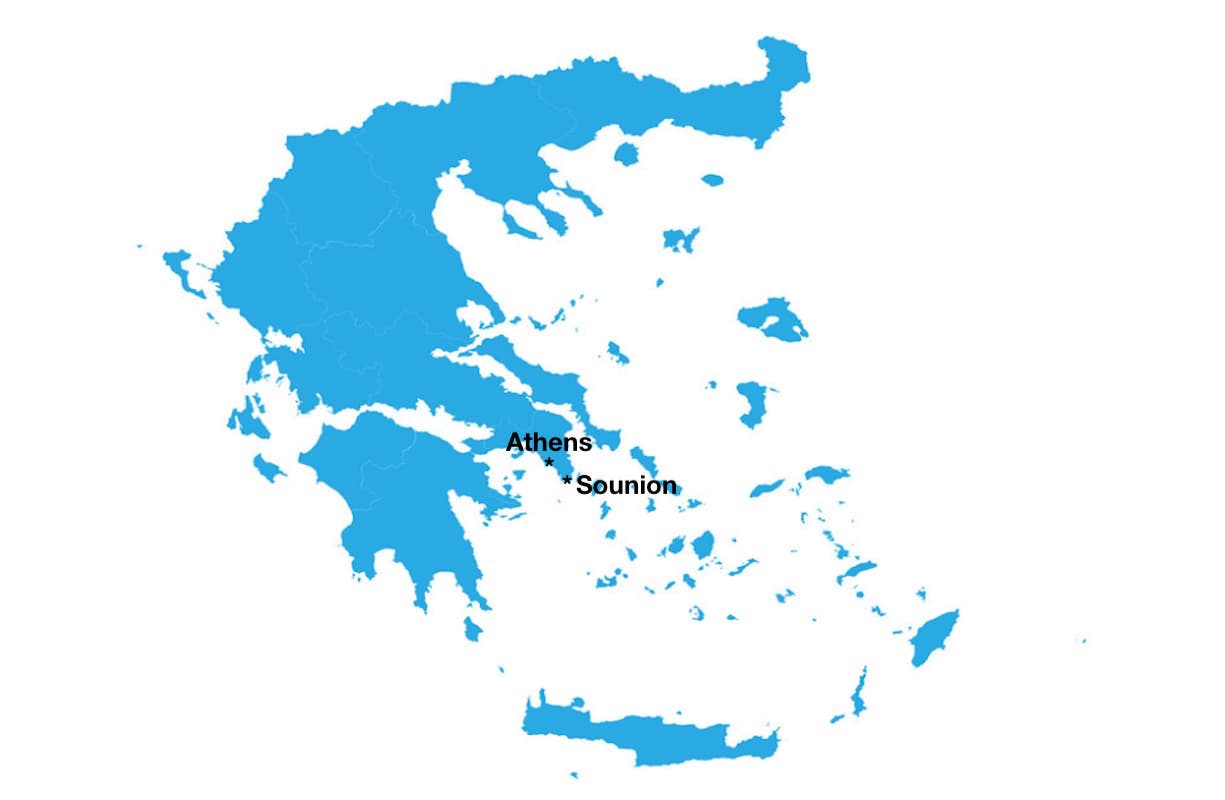ATHENS PRIVATE TOURS
City Tour, Acropolis, Parthenon, Plaka, Sounio
Greece Private Tours, Athens City Tour, Acropolis, Museum, Agora, Sounio, half-day and full-day Athens tours with Private Tours Greece.
Athens Private Tours
Athens is a city steeped in history and culture and the capital city of Greece today. The region's rich cultural heritage is showcased in the city's many archaeological sites and museums. Some of the most prominent attractions in Athens include the Acropolis, a UNESCO World Heritage Site that features several ancient buildings, including the iconic Parthenon; The Acropolis Museum, with an extensive collection of artifacts and statues from the Acropolis and the area around it; the Agora, a large public square that was the heart of ancient Athens; the National Archaeological Museum, one of the largest and most important museums in the world that showcases ancient Greek art and artifacts; the Temple of Zeus/Olympieion, a colossal temple dedicated to the king of the gods; the Panathenaic Stadium, a historic stadium that hosted the first modern Olympic Games in 1896; Vouliagmeni Lake, a beautiful natural lake with mineral springs that is perfect for swimming and relaxation; and Sounion/Temple of Poseidon, a stunning temple perched on a cliff overlooking the Aegean Sea that was built in honor of the god of the sea. Visiting Athens is elementary for anyone interested in ancient history and Greek culture. There are many ways to get to know the city. Private Tours Greece offers a plethora of excursions, private Athens city tours, and packages starting from Athens and going to various destinations on mainland Greece and the Greek Islands. The historical center of Athens will keep you busy for several days, giving you the best memories of the city.
Acropolis - Acropolis Museum - The Agora - National Archaeological Museum - Temple of Zeus / Olympeion - Panathinaikon Stadio - Vouliagmeni Lake - Sounio / Temple of Poseidon
Acropolis
On the rocky hill of the Acropolis, which dominates the center of modern Athens, stood the most emblematic and magnificent sanctuary of the ancient city, dedicated primarily to its patron goddess, Athena. This sanctuary is associated with the most important myths of ancient Athens, the major religious festivals, the city's oldest cults, and some of the most critical events in its history. The monuments of the Acropolis, harmoniously connected with the natural environment, reflect the ancient, unique Greek architecture, expressing pioneering associations of rhythms and trends in classical art, which influenced intellectual and artistic creation for many centuries to come. The Acropolis of the 5th century B.C. perfectly represents Athens's grandeur, power, and wealth in its greatest heyday, the 'golden age' of Pericles. In the middle of the 5th century B.C., the headquarters of the Athenian Alliance was moved to the Acropolis, and Athens was the most important center of the intellectual world; a grand building program was implemented on the initiative of Pericles, which lasted throughout the second half of the 5th century B.C. Many people, Athenians and foreigners, free and slaves, worked for a daily wage of one drachma. It was then that the most important monuments, like the Parthenon, the Erechtheion, the Propylaia, and the Temple of Athena Nike that visitors can see today were built under the supervision of the most skilled artists, architects, and sculptors. Athena was worshipped in all her attributes related to the city: Polyas, the city's patroness, as the Virgin; Pallas; Promachus, the goddess of war; Erganes, the goddess of manual labor; and Nike. It is characteristic that, while other Greek sanctuaries were severely looted and destroyed during the Roman period, the Acropolis retained its old glory and continued to gather the rich offerings of the faithful. In the following centuries, the monuments of the Acropolis had intense damage from natural causes or human intervention. With Christianity, the monuments were turned into Christian churches. The Parthenon became a Christian church dedicated to the Virgin Mary, and by the end of the 11th century, it was the metropolis of Athens. The Erechtheion was turned into a church of the Saviour, the temple of Athena Nike into a chapel, and the Propylaea into a bishop's residence. The rock of the Acropolis was the fortress of the city. During the Frankish occupation (1204-1456), the Propylaea was converted into a palace for the Frankish rulers, while during the Turkish occupation (1456-1833), the Acropolis again became the fortress of the city, where the Turkish garrison chief resided. In 1687, during the Second Venetian-Turkish War, the hill was surrounded by F. Morosini. On September 26, 1687, a Venetian bomb blew up the Parthenon, which had been turned partly into a storage place for gunpowder. The monuments were severely destroyed between 1801 and 1802. Lord Elgin looted the Parthenon's sculptural decoration, removed sculptures from the Temples of Athena Nike and the Erechtheion, and compromised structural members of the temple. The Acropolis finally came under Greek rule in 1822, and Odysseus Androutsos was appointed its first fortress commander. After the liberation, the new Greek state took care of the Acropolis's monuments. The first excavations on the hill took place between 1835 and 1837.
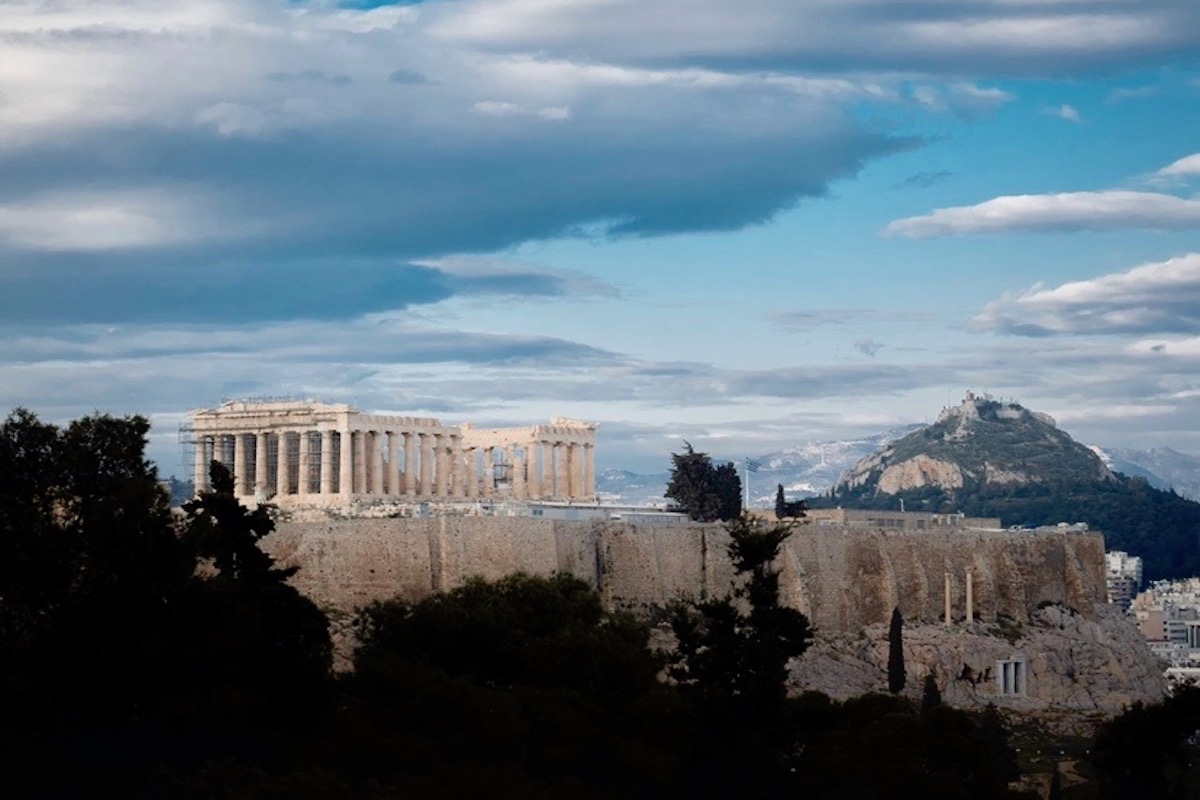
Acropolis
The monuments were severely destroyed between 1801 and 1802. Lord Elgin looted the Parthenon's sculptural decoration, removed sculptures from the Temples of Athena Nike and the Erechtheion, and compromised structural members of the temple.
Acropolis Museum
Discover the fascinating history of the Acropolis Museum. Following the founding of Greece, the construction of a museum on the Hill of the Acropolis began on December 30, 1865. With the addition of a second museum in 1888, the original museum was extended in 1946-1947. Despite these changes, the museum could not meet the needs of its growing number of visitors by the 1970s. A new museum was built at the foothill of the Acropolis, boasting a total area of 25,000 square meters, with a fantastic exhibition space of over 14,000 square meters. The new Acropolis Museum offers all the conveniences of a modern international museum in the 21st century, ten times bigger than the old museum on the Hill of the Acropolis. Immerse yourself in the rich history of Greece at the new Acropolis Museum.
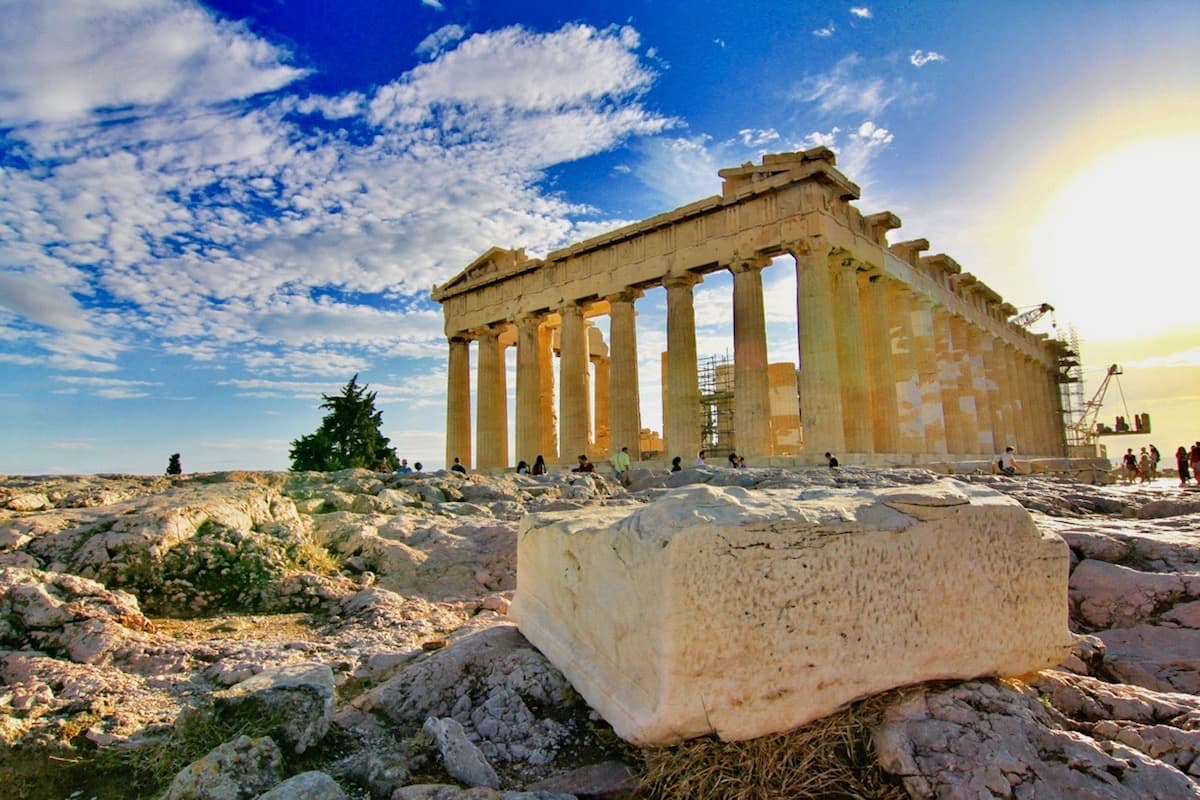
ACROPOLIS MUSEUM
The new museum was built at the foothill of the Acropolis, boasting a total area of 25,000 square meters, with a fantastic exhibition space of over 14,000 square meters.
The Agora
Discover the heart of ancient Athens at the Agora, a bustling center of political, commercial, and social activity continuously occupied for thousands of years. This historic site has undergone many transformations from the Late Neolithic period to the present, including significant building activity following damage from the Persians and Romans. Today, you can explore the Agora, an open archaeological site excavated by renowned institutions such as the Greek Archaeological Society, the German Archaeological Institute, and the American School of Classical Studies. Join the ranks of curious visitors who have uncovered the secrets of this magnificent landmark, which holds a special place in the history of Athens.
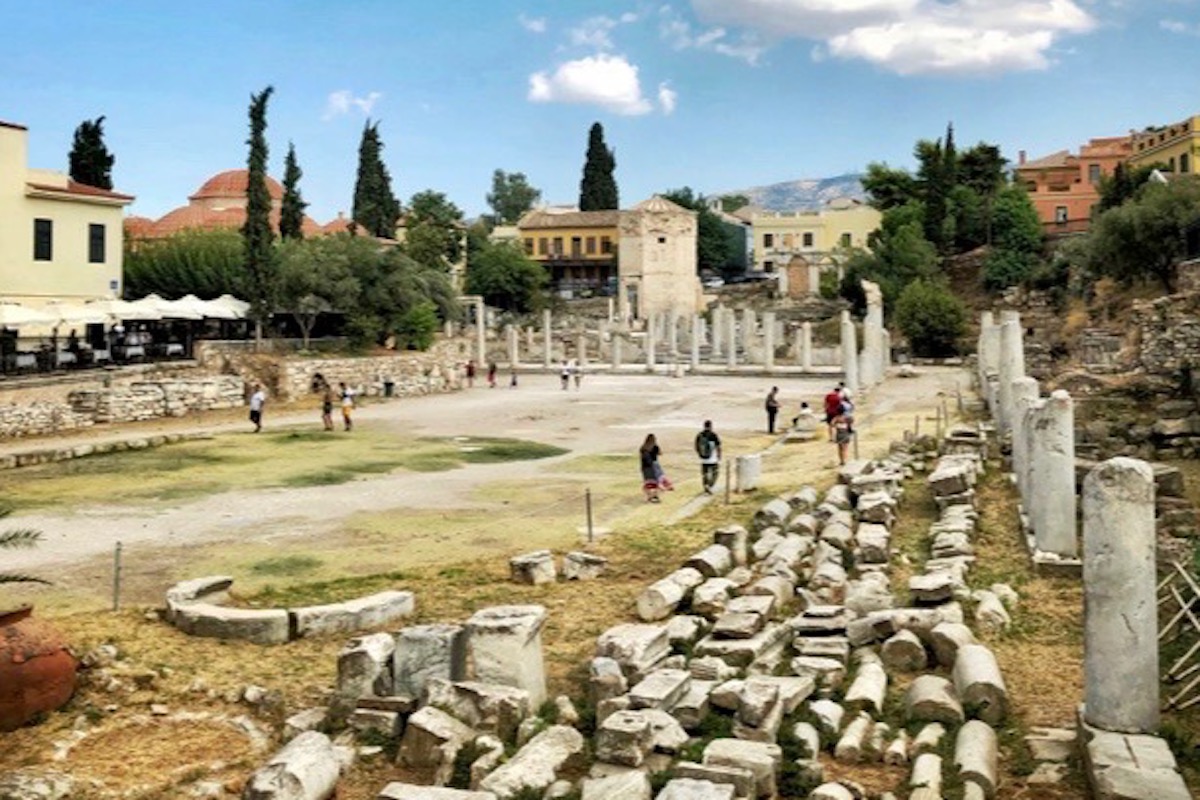
The Agora
The Agora was the heart of ancient Athens, the center of political, commercial, and social activity, and the seat of justice.
National Archaeological Museum
The National Archaeological Museum is an absolute must-see if you're visiting Greece. It's the country's largest and most significant museum and one of the most important in the world. Over 20,000 exhibits provide a comprehensive glimpse into Greek civilization from Prehistory to Late Antiquity. Originally designed to house the findings from nineteenth-century excavations in and around Athens, the museum has grown to include archaeological discoveries from all over Greece. Its many collections are awe-inspiring, and each presents a unique perspective on the rich history of Greece. But it's not just the exhibits that will take your breath away. The museum is in a stunning Neoclassical Building that dates back to the end of the 19th century. The building was designed by L. Lange and remodeled by Ernst Ziller, and it's a true masterpiece of architecture. The National Archaeological Museum is the perfect destination. Take advantage of the opportunity to explore this incredible museum and learn more about the fascinating history of Greece.
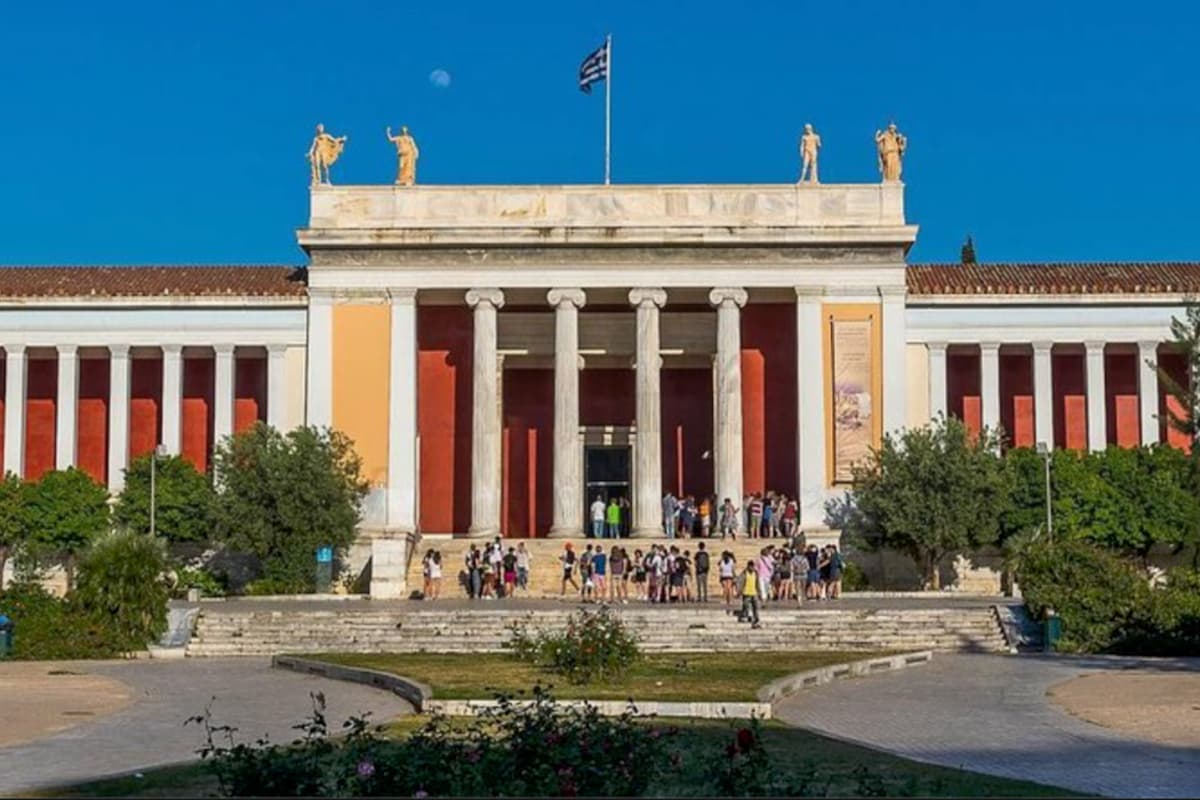
NATIONAL ARCHAEOLOGICAL MUSEUM
The museum is an imposing Neoclassical Building dating back to the end of the 19th century. It was designed by L. Lange and remodeled by Ernst Ziller.
Temple of Zeus / Olympieion
If you're a history enthusiast or love exploring ancient ruins, the Olympeion should be on your list. This remarkable sanctuary of Olympian Zeus is located between the Acropolis and the Ilissos River and is considered one of the most significant ancient temples of Zeus. Built in 515 BC by Peisistratus the Young, this monumental temple was left unfinished for almost 400 years due to the fall of tyranny. However, in 174 BC, Antiochus IV Epiphanes resumed construction, finally completed in 125 AD by Emperor Hadrian. The Olympeion is a testament to the grandeur and skill of ancient Greek architects and builders and a window into the religious practices and beliefs of the time. With its towering columns and intricate carvings, it's easy to see why it was considered one of the most famous marble buildings ever constructed.

TEMPLE OF ZEUS / OLYMPiEION
The Olympeion is a testament to the magnificence and skill of ancient Greek architects and builders and one of the most famous buildings ever constructed.
Panathinaikon Stadion
The Panathenaikon Stadion is one of the city's most popular tourist attractions. Following several transformations over its long history, it eventually became the home of the first modern International Olympic Games in 1896. Until today, the Stadion remains the only one built entirely out of marble worldwide. Lycurgus, a great orator of the 5th century B.C., began building the Stadion to hold Athletic events as part of the Panathinean celebrations. The stadium, initially rectangular, would be used for the first time in 330 B.C. In the 2nd century A.D., Emperor Hadrian funded the Odeon of Herodes Atticus and the Panathenaic Stadium. The stadium was completely transformed from its original rectangular shape to a horseshoe, typical of stadiums in Roman times. The capacity was increased to 50,000 spectators, and the seats were covered with Pentelic marble—the same used to build the Acropolis. In 1894, it was agreed that the concept of the modern Olympic Games would become international with the participation of athletes from all over the world, starting with Athens in 1896. Excavations and renovation of the deserted stadium began with the funding of G. Averof - which insisted it is built entirely of marble from Mt. Penteli - and the stadium was ready on time to host the first International Olympic Games. Today, the Panathinaikon Stadion only holds significant cultural, sporting, and ceremonial events. During the Olympic year, the flame traveled from the ancient site of Olympia all around Greece before finally arriving at the Panathenaikon Stadion for an official handover ceremony to the new host country. The Panathinaikon Stadion is also the finishing line of the Annual Authentic Marathon Race held every November in Athens, starting from the battlefield of the Marathon to the center of Athens and the Stadion.
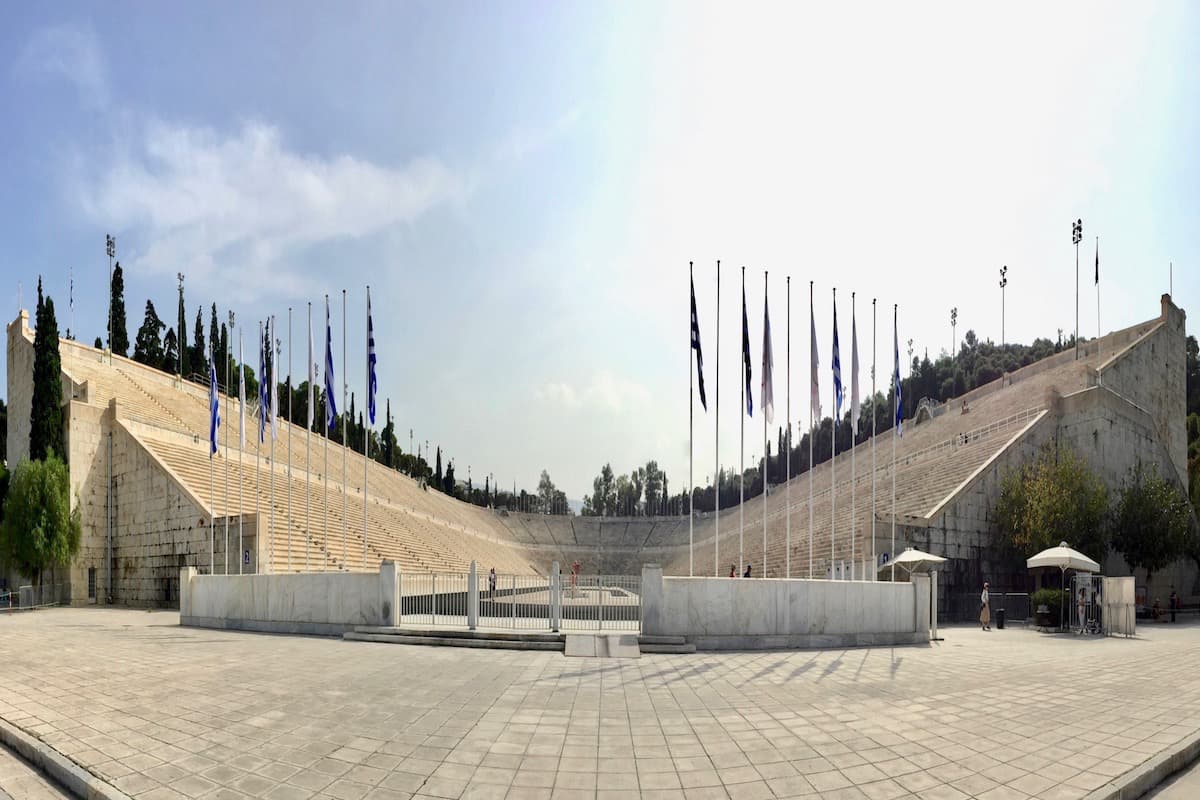
PANATHINAIKON STADIO
At the Panathinaikon Stadion is also the finishing line of the Annual Authentic Marathon Race held every November in Athens, starting from the battlefield at Marathon to the center of Athens and the Stadion. Panathinaikon Stadion was the home of the first modern International Olympic Games in 1896
Vouliagmeni Lake
About an hour's drive from the center of Athens is Lake Vouliagmeni, nicknamed the Submerged Lake, located in the city's suburbs. Its splendid location, close to the sea and with views of impressive cliffs, gives it an excellent dramatic look. It is a favorite among locals as a preferred place to swim. The stream water is sweet and comes from a naturally warm underground stream more than 100 meters below the surface. In the lake, the stream water mixes with the saltwater. The water's temperature varies between 21 to 27 degrees Celsius, and the lake is turned into a spa that is fit for swimming all year round.
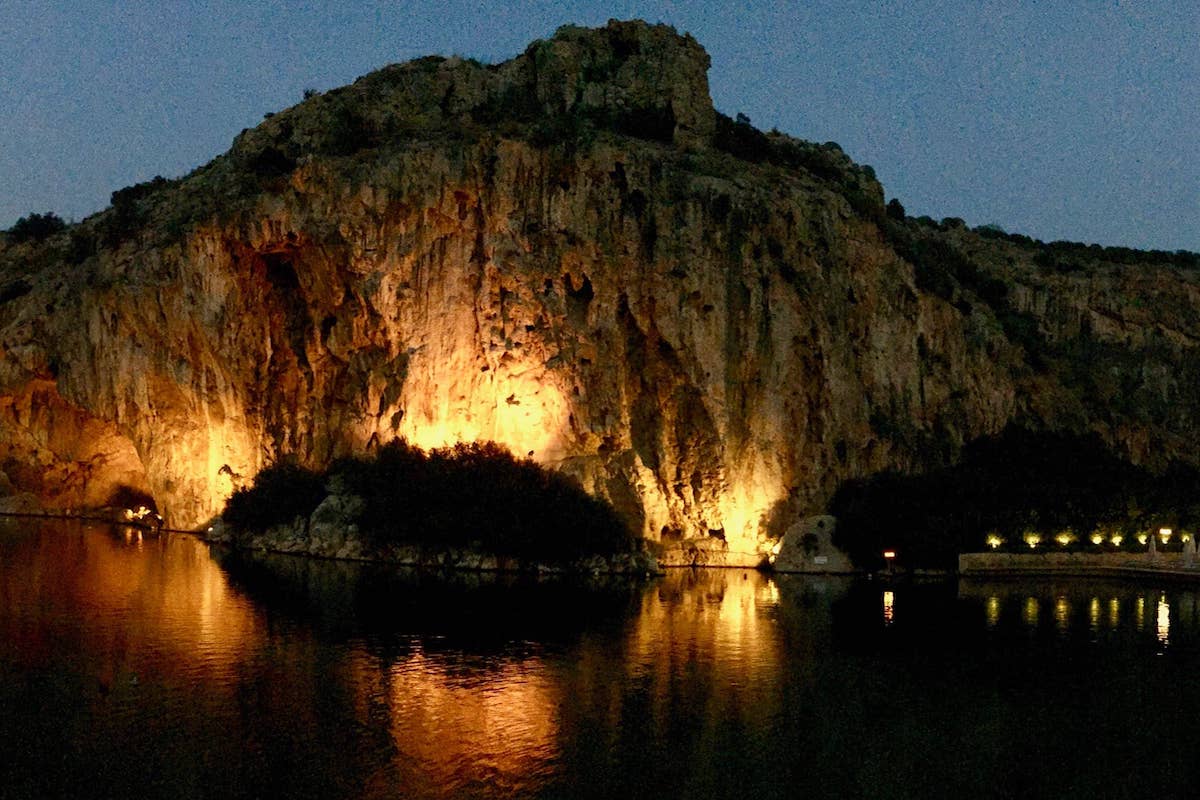
VOULIAGMENI LAKE
The stream water is sweet and comes from a naturally warm underground stream more than 100 meters below the surface. In the lake, the stream water mixes with the saltwater.
Sounio / Temple of Poseidon
About 70 km from the center of Athens, following one of the most picturesque coastal roads in the world, you end up at the end of the peninsula of Attica, at the Cape Sounion and the Archaeological site that stands the Temple of Poseidon for the past 2500 years. Cape Sounion was a significant strategic point for the city-state of Athens because they could control the passage from the Aegean Sea to the Saronic Gulf and the peninsula of Lavrion, the silver mines of Athens. The area of Sounion has been inhabited since the prehistoric period—3000 BC—and was one of the Demos of Athens after the reorganization of the state formed by Cleisthenes in 510 BC. The Temple of Poseidon standing at the end of the peninsula from the time of Pericles - 5th century B.C. - and a misconception that lasted until 1900, made travelers believe that is a Temple dedicated to Athena, - which actually was nearby and was already deconstructed to the foundation level from the 2nd century A.D. and transported to the Athenian Agora - until inscriptions were found in the excavation proving that the temple was dedicated to the god Poseidon.

TEMPLE OF POSEIDON
The Temple of Poseidon stands at the end of the peninsula from the time of Pericles - 5th century BC -
